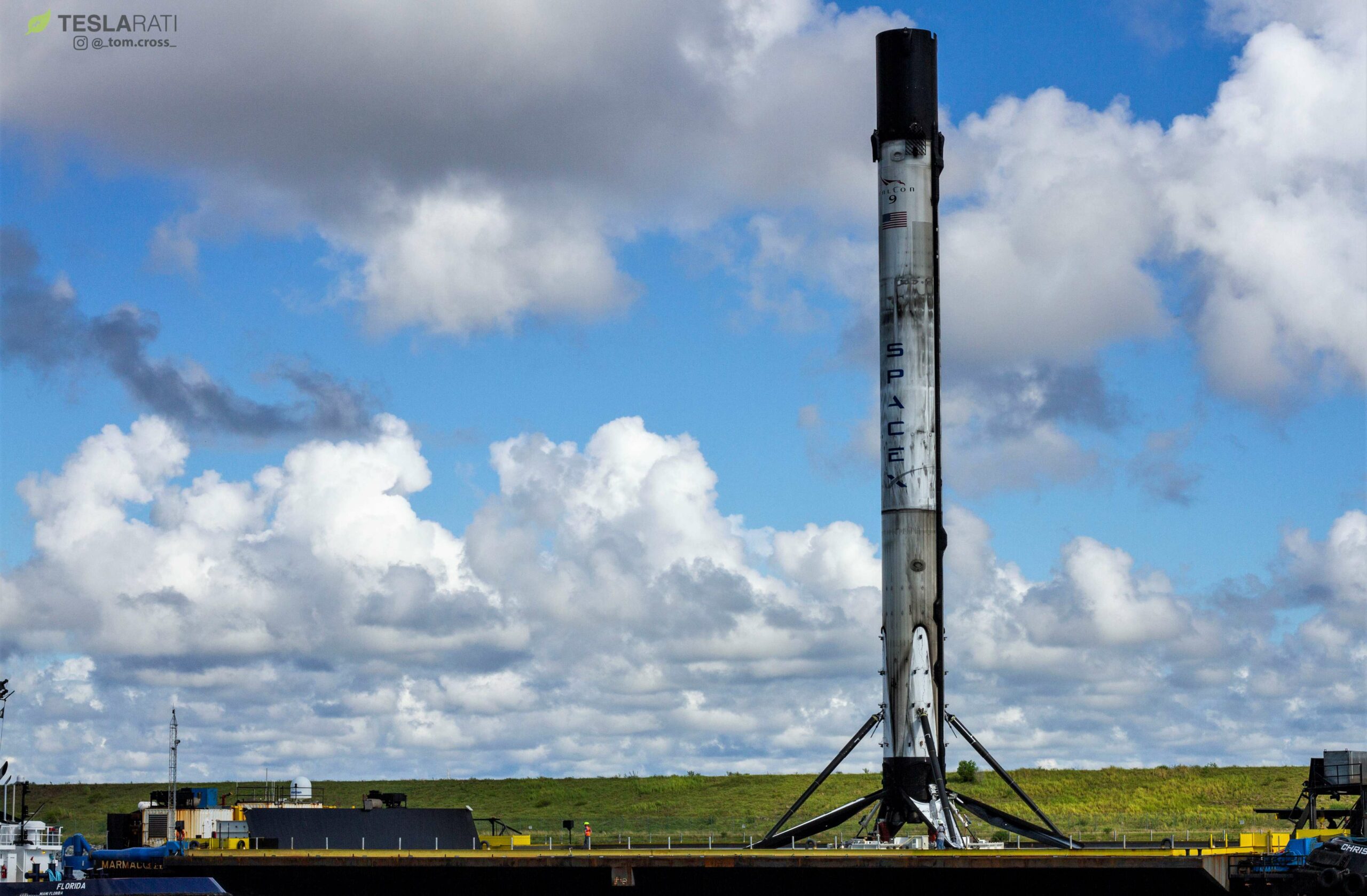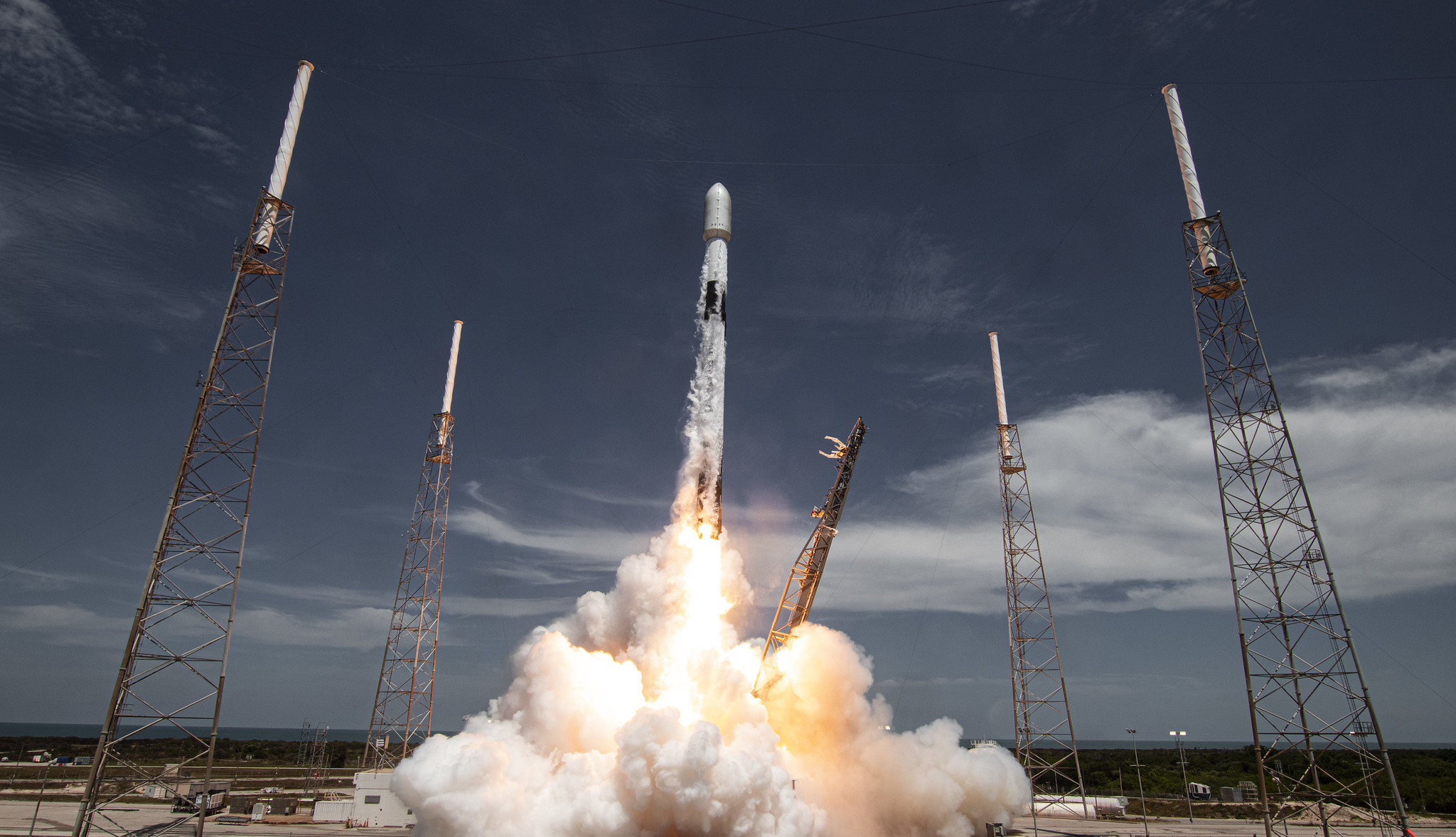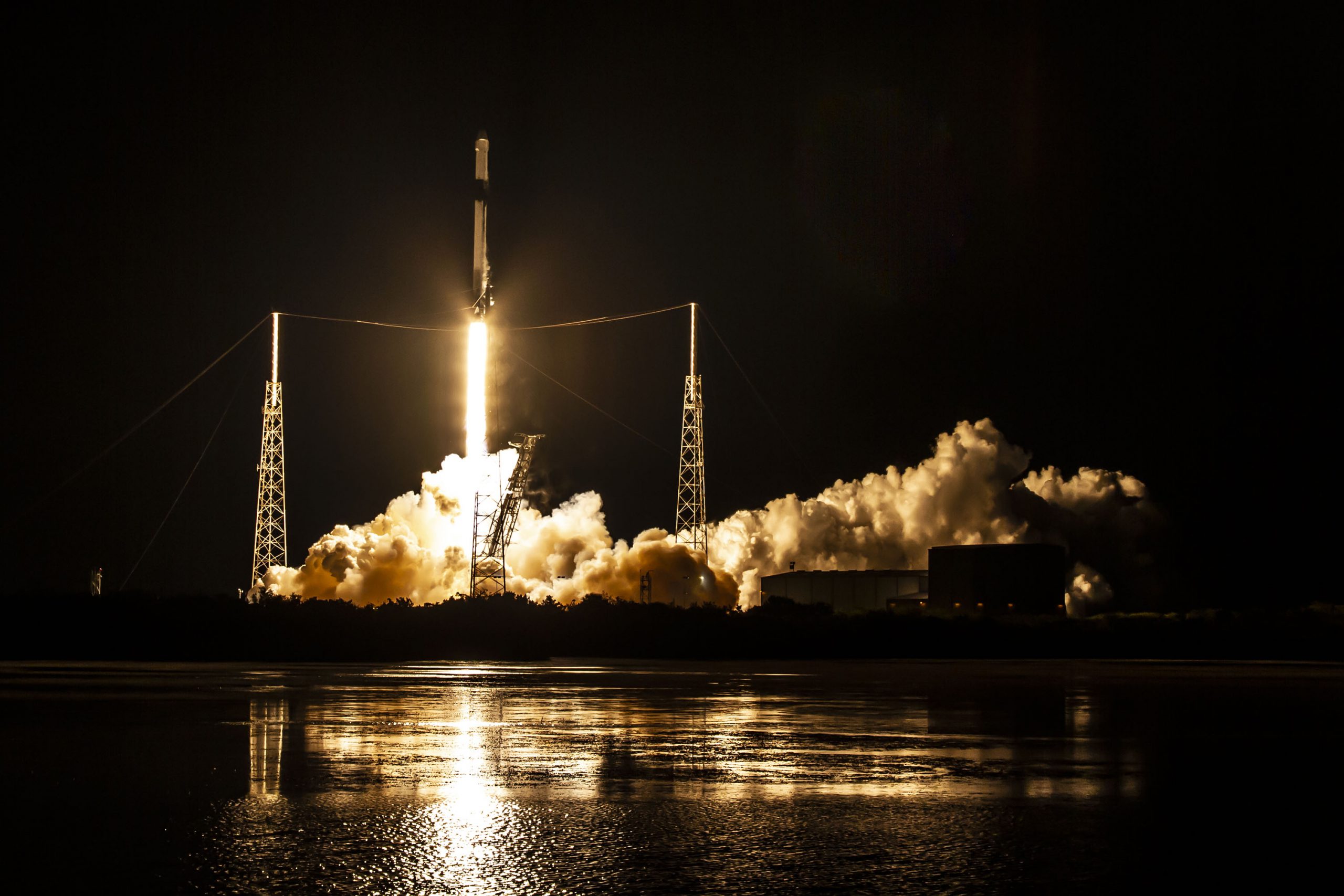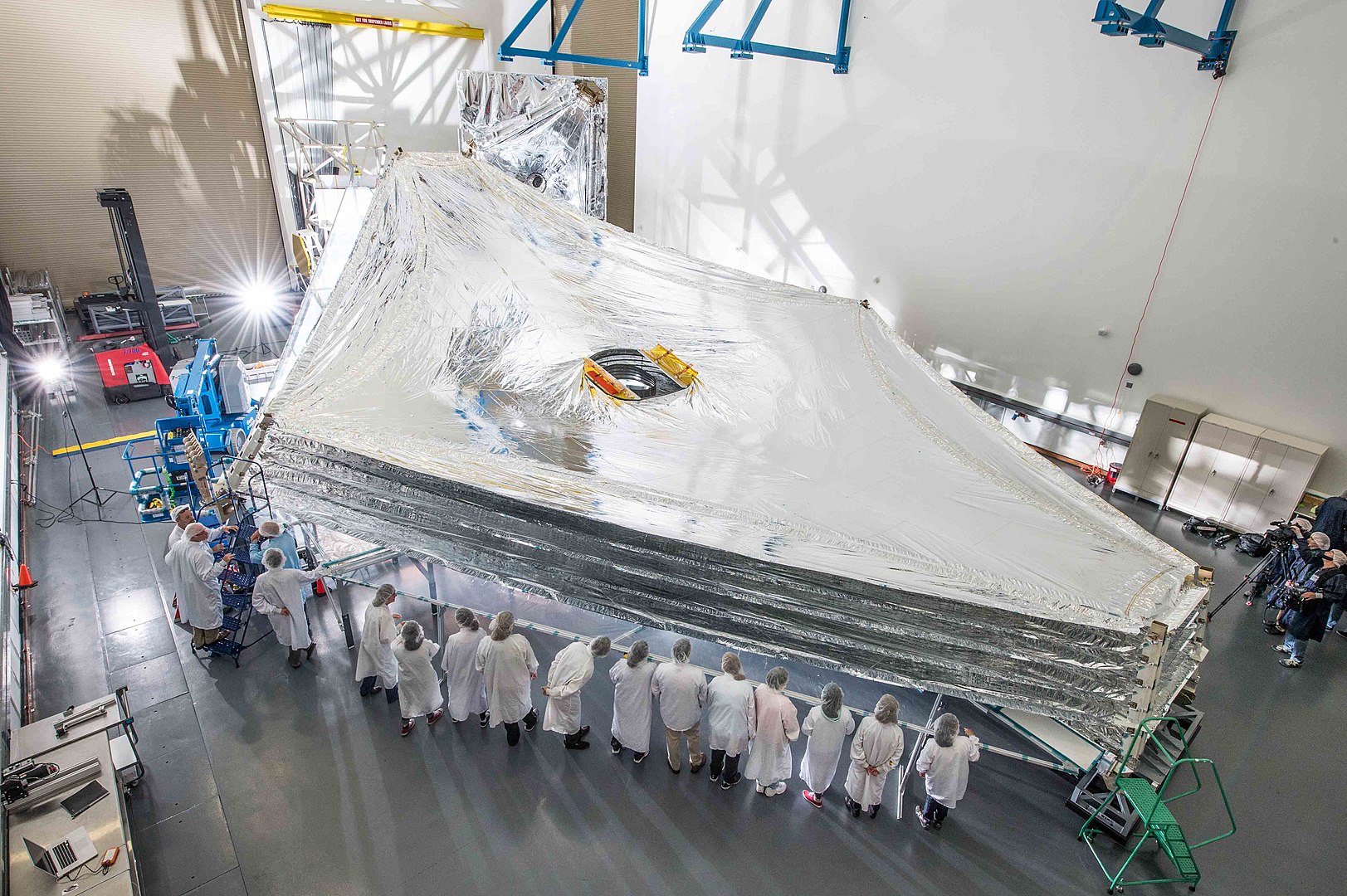Kennedy Space Center Florida, USA" } ["link"]=> array(1) { [0]=> string(61) "https://wai.brandnew.space/location/space-launch-complex-39a/" } } array(3) { ["label"]=> string(7) "Mission" ["content"]=> array(1) { [0]=> string(9) "#dearMoon" } ["link"]=> NULL }
" } }
" [1]=> string(36) "∼ 1 × 260 kg (573 lbs)
" } }
∼ 1 × 260 kg (573 lbs)
Moon" } }
Moon
" } } array(2) { ["label"]=> string(16) "Fairing Recovery" ["content"]=> array(3) { [0]=> string(121) "Yes – GO Ms. Chief" [1]=> string(116) " and GO Ms. Tree" [2]=> string(4) "
" } } array(1) { ["label"]=> string(7) "Weather" }
Each Starlink V1.5 satellite has a compact design and a mass of 260 kg. SpaceX developed a flat-panel design, allowing them to fit as many satellites as possible into the Falcon 9’s 5.2 meter wide payload fairing.
Due to this flat design, SpaceX is able to fit up to 60 Starlink satellites and the payload dispenser into the second stage, while still being able to recover the first stage.
Facts & Figures about Starlink Satellite v1.0
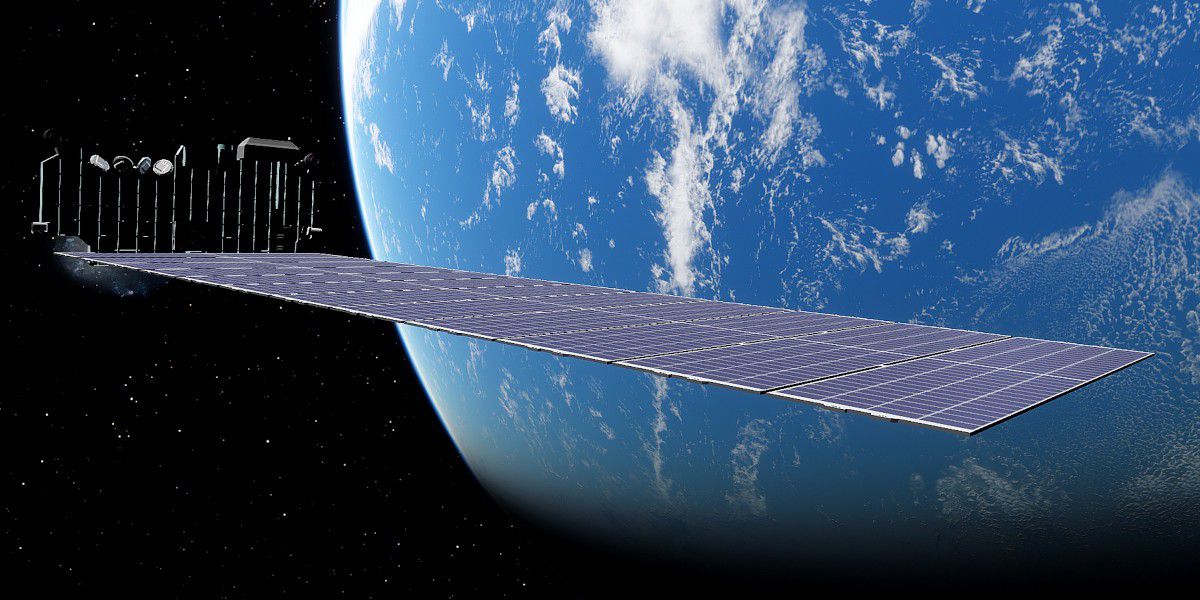
Starship is a fully-reusable and super heavy-lift rocket made out of stainless steel, in development by SpaceX. Both of its stages – Super Heavy booster and Starship spacecraft – contain liquid oxygen and liquid methane.
Starship's main features are its very high payload mass capability and low potential operating cost. The spacecraft tanker variant can refuel other Starships in orbit, increasing its 100 t (220,000 lb) transport range to higher energy orbits and destinations, including the Moon and Mars. Other Starship variants can deploy satellites, serve space tourists, and are optimised for lunar landings. Starship's potentially low cost is key in enabling SpaceX's Mars ambitions as well as making point-to-point rocket travel on Earth possible.


